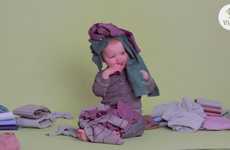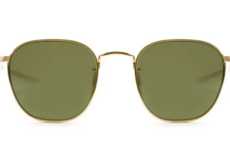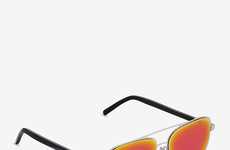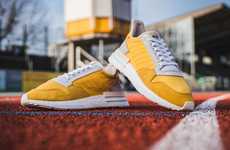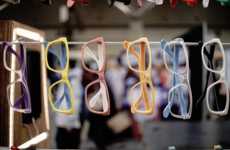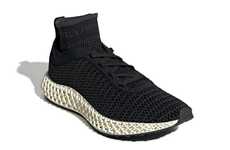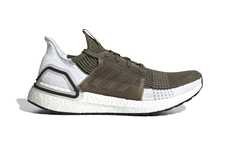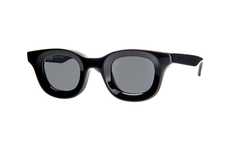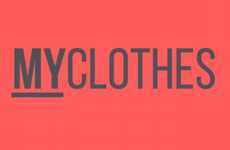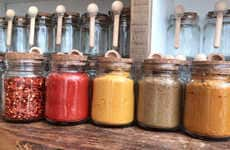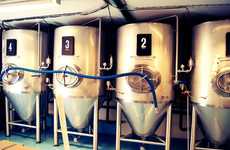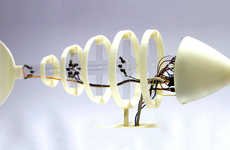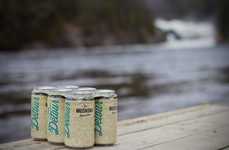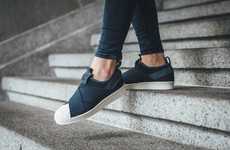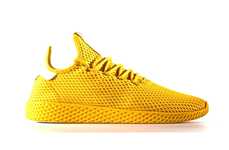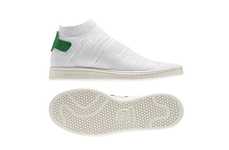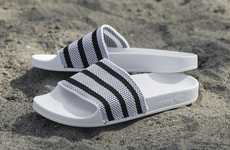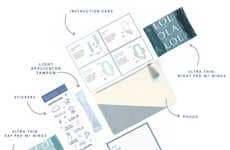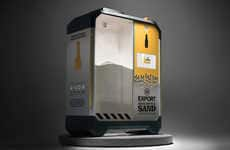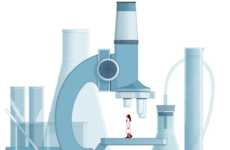
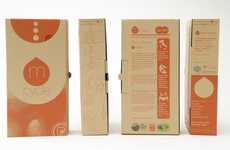


In the Circular Economy, products are designed in closed loop systems
Implications - Within the Circular Economy, the use of virgin materials and material waste is removed from the use cycle, and existing materials are repurposed to close the use loop. From upcycled linen services to repurposed beer waste, these products and services reintroduce resources into the use cycle that would otherwise be considered waste. The increased popularity of such systems correlates with the rise of the informed consumer, and in this case caters to their propensity for contributing to a more sustainable and waste-free world.
Workshop Question - What would a Circular Economy restructuring look like in your industry?
Trend Themes
1. Circular Economy - Businesses are finding ways to create closed loop systems to minimize waste and repurpose existing resources.
2. Upcycling and Regeneration - Companies are finding ways to repurpose waste into new, sustainable products using innovative materials and methods.
3. Subscription-based Circularity - Businesses are adopting subscription-based models to extend the lifespan of products and to minimize waste.
Industry Implications
1. Fashion Industry - Companies in the fashion industry can adopt circular and upcycling processes to repurpose materials and reduce waste.
2. Food and Beverage Industry - Waste from food and beverage production can be repurposed and used in a circular economy system, such as using waste to feed fish on-site.
3. Home Goods Industry - Companies in the home goods industry can adopt subscription-based models to extend the lifespan of their products and reduce waste.
7 Featured, 60 Examples:
177,872 Total Clicks
Date Range:
May 17 — Jun 19
Trending:
Average
Consumer Insight Topics:


